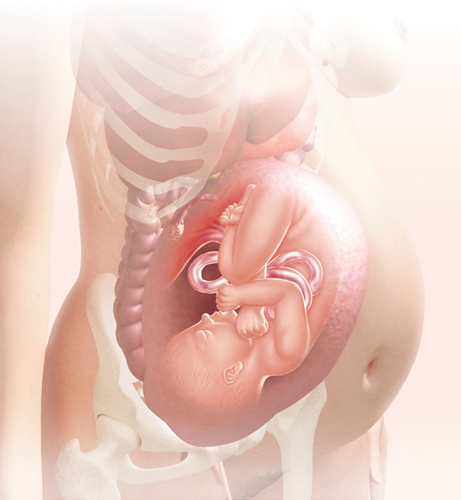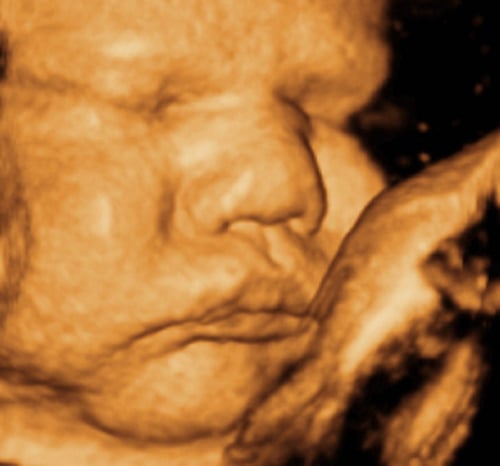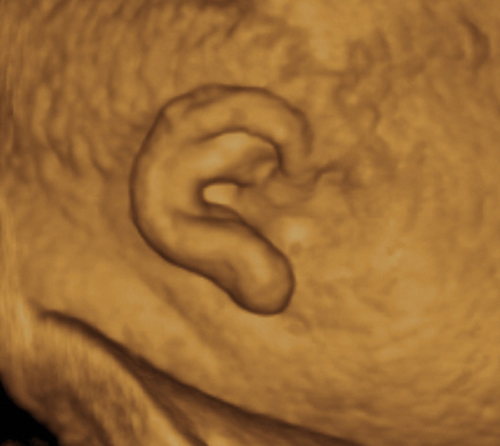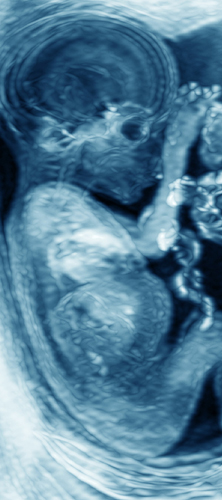Your 40th Week
Like many moms-to-be, you
may have to linger in suspense beyond the “last” day of pregnancy.
Without a doubt, the big event is about to happen very soon and it will
be worth the waiting, wondering, and worrying. Once you see and hold
your baby, you won’t spend much time looking back over the past 40
weeks, but you’ll certainly marvel at the miracle of it all.
NOTE
All the milestones are safely passed and you will meet your baby any day now

You are 39 Weeks and 1 Day 6 days to go…
It’s good to revisit your birth plan at this late stage since you may feel differently now about some of the requests you made.
Your baby today
If you are having a planned cesarean delivery, this is usually
offered now—in order to balance the chance of labor starting
unexpectedly with that of delivering your baby too soon. It is best for
babies to be delivered as close to the due date as possible.

A birth plan is usually filled in earlier in pregnancy, and you may not have given it much more thought since.
Now that the birth is imminent, look over it with your partner to
figure out whether you’ve changed your mind about anything. For example
you may be veering toward a more natural birth or, conversely, you may
now be certain you want an epidural. Adapt it as you wish and discuss it
with your doctor, if necessary. Since your partner will be your
advocate in labor, putting your requests forward to your labor nurses
and doctor if you’re unable to express them, it’s important that he
understands your wishes and that they’re fresh in his mind.
Remember, though, that
you won’t really know how you’ll feel or what you want until you’re in
labor, so keep an open mind and be prepared to adapt your plans on the
day if it’s in the best interests of your baby’s well-being. Get your
partner’s view. Remember that this is a big event for him, too: the
moment when he’ll meet his baby for the first time. He may have
anxieties and concerns and want reassurance about what his role will be
on the day: tell him how you think he can best help you, whether it be a
massage or just holding your hand throughout. Discuss how you both are
feeling in the preparation for the birth—your concerns, hopes, and
expectations.
… Mom
| Q: |
How many visitors can come see the new baby in the hospital?
|
| A: |
Check the hospital’s policy, but this is generally up to you.
If you want your friends and family to come, by all means you can invite
them—just be sure to check the visiting hours. Right now, you might
think you want a roomful of visitors, but you may change your mind after
you’ve been through labor and delivery, so wait to make your decision.
You might just want to sleep or spend time alone with your partner and
the baby. Remember, too, that young children (other than immediate
family) may not be allowed to visit.
|
Staying close
It can be difficult to think of anything but the birth and meeting your baby when you are this close to the end of pregnancy. Try to focus on other things, too:
Spend time with your partner:
Enjoy quality time together while it is still just the two of you,
before the baby makes demands on your time, and exhaustion sets in.
Share your hopes and fears about how your lives are going to change.
Make love:
you might feel you are too big, or too tired, but it is good to remind
yourselves of your sexual relationship. And, you never know, making love
could just get your labor started.

You are 39 Weeks and 2 Days 5 days to go…
Your baby’s bones have hardened to a certain degree, but this process will continue right up to the teenage years!
Your baby today
This close-up 3D ultrasound view shows that this baby’s earlobe
is particularly prominent. The dark flecks around the ear look like
hair, but are in fact shadows (although many babies have hair at this
stage).

Your baby’s skeleton has gradually transformed, from soft cartilage to bone, a process called ossification .
This process starts in the center of each bone spreading outward. By
the end of pregnancy, ossification is complete along the length of each
bone but the ends of the long bones and the tips of the bones in the
finger and toes remain as cartilage. This is necessary to allow later
bone growth as the child develops.
The bones in the upper
part of the skull are slightly different, developing from membranous
structures rather than cartilage. These do not fully fuse until several
years after birth and remain separated from each other by connective
tissue. This connective tissue forms areas called sutures and where more
than two bones meet, wider spaces called fontanelles. Their function is
to allow space for movement or “molding” between the skull bones making
it easier for the head to descend into the pelvis during labor. It is
also these suture lines and fontanelles that help your doctor determine
the position of the baby’s head during labor.
After delivery you
will notice that your baby’s head shape is often elongated, but this
soon changes as the bones realign back into their usual positions.
This MRI (magnetic resonance imaging) scan
shows a fetus approaching full-term. The baby’s brain, spinal column,
heart, liver, and lungs are visible, and the umbilical cord can be seen
to the right of the image.

Placenta on toast?
The thought of eating the placenta
may turn your stomach, but some women choose to do exactly that. The
organ is revered for its spiritual properties, and devotees of
placentophagia believe the nutrients it contains, including vitamin B6,
will help prevent them from developing postpartum depression. However,
the evidence in favor of the health benefits of consuming a placenta is
purely anecdotal.
An alternative and
less controversial custom involves dressing the placenta with herbs,
then burying it at a party to celebrate the baby’s birth: this is
thought to be an important bonding ritual for the extended family.
Art is another option:
press the placenta against a piece of paper and you’ll get a tree-shaped
print. Some cultures use the dried organ to make medicinal herbs.
Not sure how to cook
placenta? Well just look online and you’ll find plenty of placenta
recipes, from pâté to lasagne, but, understandably, these might not be
to everyone’s taste.